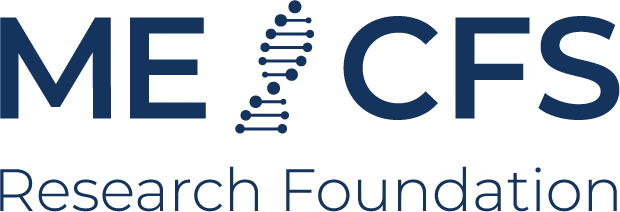Mobile sleep studies in adolescents
About
Project description
This project is part of the SLEEP-NEURO-PATH research network, which is coordinated by the Central Institute of Mental Health (CIMH) in Mannheim and has a total of three partners.
ME/CFS is a severe neuroimmunological disease that often leads to a high degree of physical and mental disability. The overall goal of the project is to characterise biological mechanisms associated with brain dysfunction in ME/CFS, such as cognitive dysfunction, fatigue, headaches, sleep dsfunction, and hypersensitivity to sensory stimuli. The activity of specific nerve cell networks during sleep can serve as a "window into brain function." Selected sleep characteristics, such as sleep spindles, reflect the functional integrity of neuronal networks that are involved in important functions such as memory formation, sleep stabilisation, and processing of sensory stimuli. Dysfunctions of these networks are connected with multimodal imaging and biochemical studies of the function of the vascular bed. These are supplemented by the determination of polygenic risk profiles. This approach makes it possible to characterise biological mechanisms at the system level and to derive predictors for ME/CFS at the individual level, offering new approaches for future personalised therapy.
The sub-project of the Fraunhofer Institute for Digital Media Technology (IDMT) deals with the collection of sleep data from seriously ill adolescent ME/CFS patients. Sleep measurements are carried out in their home environment using a special sensor technology with flexible electrode grids and analyses are carried out on this otherwise rarely imaged patient group, which is advantageous for the investigation of the mechanisms of vascular diseases due to the lack of disease-independent cardiovascular comorbidities.
Description adapted from project website: see link above.
Patient cohort
ME/CFS according to Canadian Consensus Criteria (CCC), compared with healthy controls.
Patients enrolled: 50
Age group: 12 - 17 years (Children)
